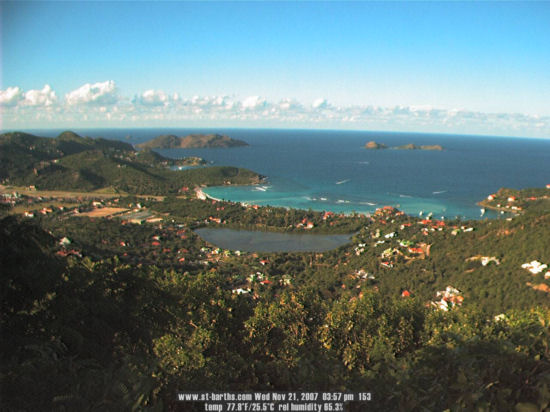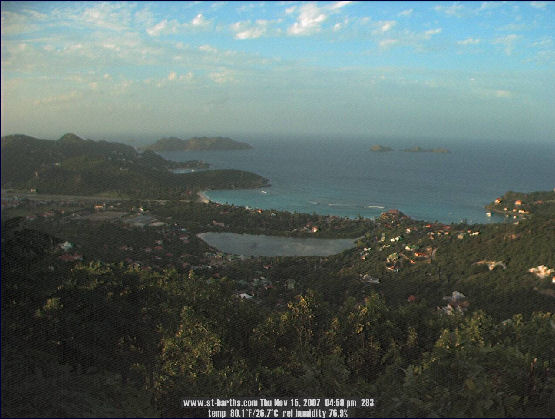via Leo and Wikipedia
“Mandantenfähigkeit” and Multitenancy
We had on last Tuesday an internal discussion about our innoveo product and we discussed, among others, the fact that our components are “Mandantenfähig”. This term is a German word and we had quite a long discussion within the team to explain in English what does that means. Because we didn’t know *any* translation in English and/or in French.
I had a look at LEO (the best way to translate properly from German to English and vice-versa), no translation but quite a lot of discussions in their forum. And finally a very good proposal for the translation with
a link to Wikipedia and the explanation and definition of “multitenancy” (adjective : multitenant). I haven’t heard this term (or read it) but it is exactly the definition of “Mandantenfähigkeit” ;-)
Multitenancy – what is that?
Multitenancy refers to the architectural principle, where a single instance of the software runs on a software-as-a-service (SaaS) vendor’s servers, serving multiple client organizations (tenants). Multitenancy is contrasted with a multi-instance architecture where separate software instances (or hardware systems) are set up for different client organizations. With a multitenant architecture, a software application is designed to virtually partition its data and configuration so that each client organization works with a customized virtual application instance.
Multitenancy – Economics
Cost Savings
Multitenancy allows for cost savings over and above the basic economies of scale achievable from consolidating IT resources into a single operation. This is largely because of the licensing costs of the underlying software (such as operating systems and database management systems). Put crudely, if you can run everything on a single software instance, you only have to buy one software licence.
Complexity
Because of the additional customization complexity and the need to maintain per-tenant metadata, multitenant applications require a larger development effort than applications designed using a more isolated approach. But, because they can support more tenants per server, their ongoing operational costs tend to be lower.
Multitenancy – Requirements
Multitenant applications are typically required to provide a high degree of customization to support each target organization’s needs. Customization typically includes the following aspects:
- Branding: allowing each organization to customize the look-and-feel of the application to match their corporate branding (often referred to as a distinct “skin”).
- Workflow: accommodating differences in workflow to be used by a wide range of potential customers.
- Extensions to the data model: supporting an extensible data model to give customers the ability to customize the data elements managed by the application to meet their specific needs.
- Access control: letting each client organization independently customize access rights and restrictions for each user.
Conclusion – innoveo product
First, it is really cool to have found a translation after years of tries.
More seriously, it is absolutely crazy to read this Wikipedia definition because we got the feeling to read…a definition of what we are doing at innoveo! The economics are very clearly described and after 7 years of experience with such kind of development, I can tell you that these descriptions are completely representing the reality. Also from a requirement point of view, they are really greatly defined and summarized in these 4 bullets above.
So, if you are searching for a real proven and solid multitenant solution for your development, please take contact with us, we can definitely help at innoveo!
 [click to enlarge]
[click to enlarge] 





 [my future office]
[my future office]